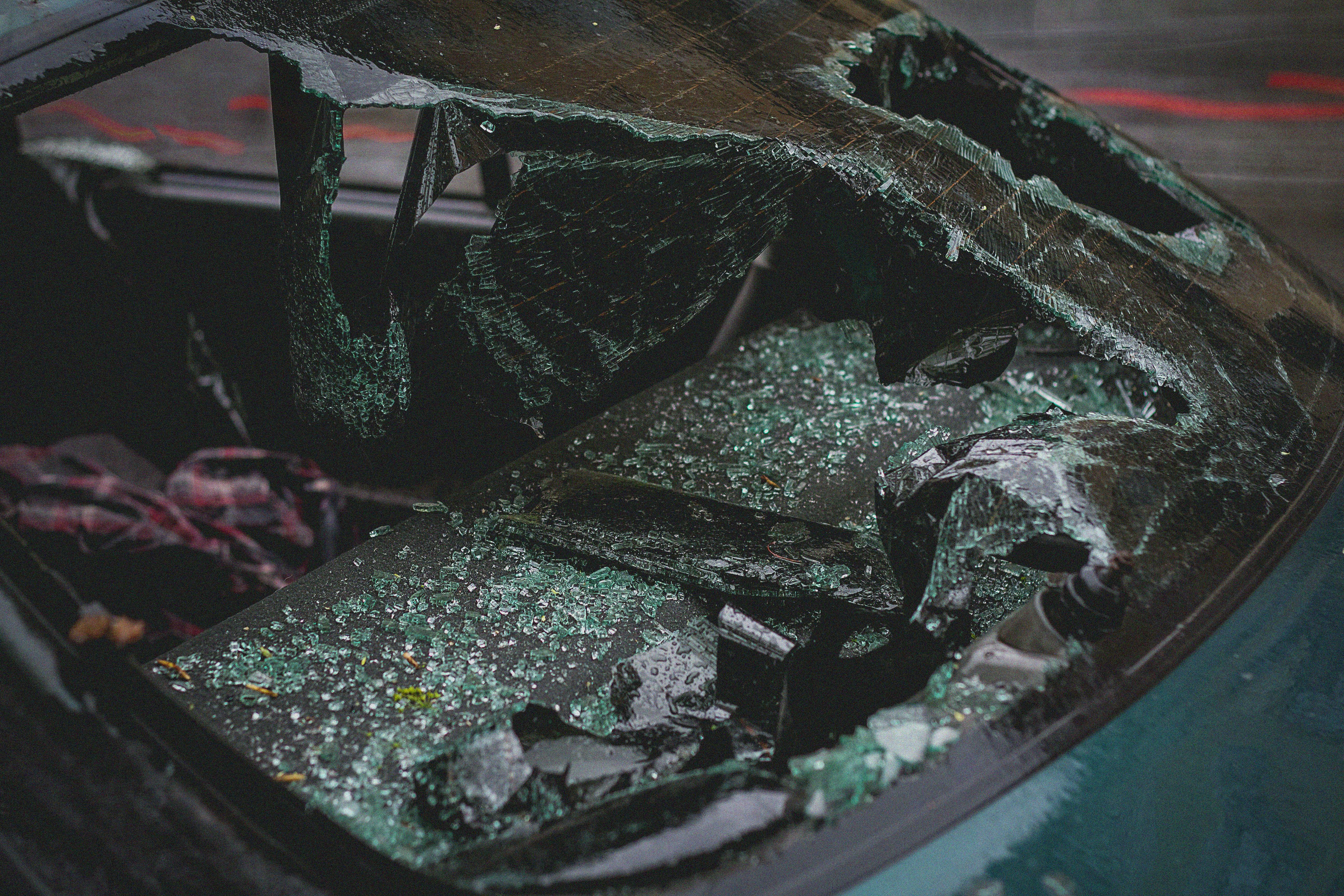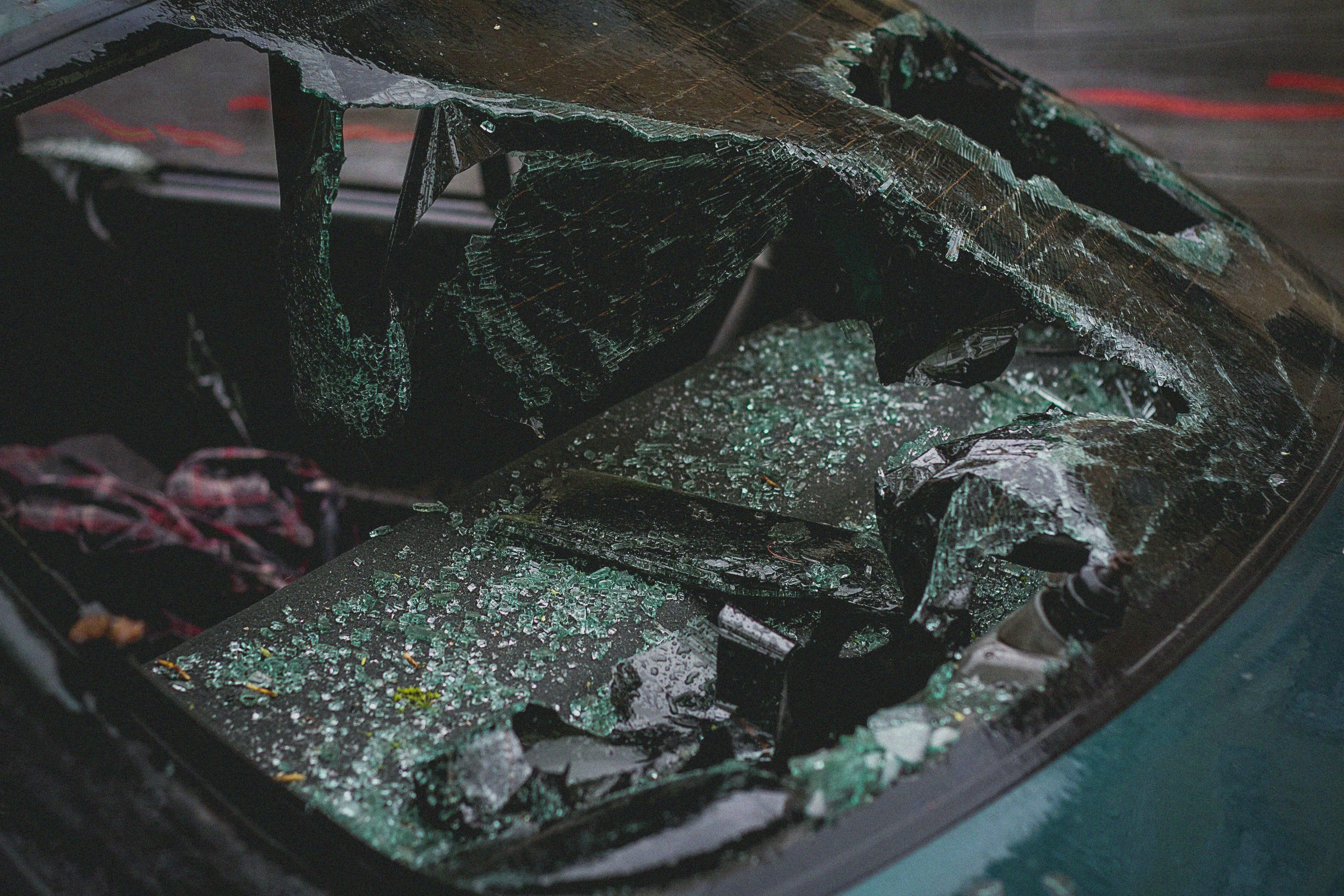
Future Trajectories in Auto Glass Technology and Service Expectations
If you think the changes we’ve discussed are substantial, brace yourself. The auto glass sector is characterized by relentless technological assimilation. What is considered cutting-edge today will likely be standard, or even obsolete, in just a few short years. Service providers who do not adopt a posture of continuous, aggressive learning are not just falling behind; they are becoming a safety liability. This evolution is driven by three primary forces: the sensors, the tools, and the auditors (insurance companies).
The Continued Ascent of Advanced Driver Assistance Systems (ADAS). Find out more about When to repair windshield rock chip vs replace.
The trend toward more comprehensive and nuanced ADAS integration is only set to accelerate past the current projection that over 80% of new vehicles in the United States have at least one ADAS feature by 2025. We are moving beyond simple adaptive cruise control. Sensor suites are becoming denser, incorporating multiple cameras, radar units, and even LiDAR, with calibration requirements becoming exponentially more precise. The margin of error for alignment, which was once measured in millimeters, is now sometimes measured in fractions of a degree.
This evolution has fundamentally shifted the service expectation. The demand for certified ADAS calibration specialists is skyrocketing across all automotive aftermarket sectors, not just dedicated glass shops. This transition means that the modern auto glass technician must be as much a diagnostician as a glazier. Manual dexterity is still required to place the glass, but diagnostic proficiency—the ability to interpret scanner data, understand aiming targets, and confirm system readiness—is now the defining metric of a high-quality installation.
If you are looking to understand the complexity behind these systems, investigating the general field of ADAS calibration will provide context for why replacement often mandates this extra, critical step.
The Rise of Smart Glass and Material Science
Beyond ADAS, the glass itself is getting smarter. We are seeing the mainstream adoption of smart glass features: electrochromic dimming that adjusts tint based on sunlight intensity and integrated heads-up display (HUD) surfaces that project data directly onto the viewing area with perfect focal depth. For repairs, the newest advancement that is really gaining traction in 2025 is the widespread use of advanced, high-strength resins—the nano-resin repair systems mentioned earlier. These formulations bond at a molecular level, yielding repairs that are demonstrably stronger and virtually invisible, often curing completely in the time it takes the technician to clean up the final application.
Investment in Ergonomics and Technician Efficiency Tools. Find out more about When to repair windshield rock chip vs replace tips.
The physical demands of setting a large, heavy, complex windshield are immense. The industry is responding with intelligent mechanical assistance. The increasing use of specialized, automated setting devices—often hydraulic or pneumatic—and advanced cord-and-wire removal tools allows a single, highly trained technician to safely and consistently complete jobs that, just a few years ago, unequivocally required two people.
This investment is not about cutting labor; it’s about improving technician retention and consistency. By reducing the extreme physical strain, shops can keep skilled technicians healthy longer. Furthermore, a machine-assisted, consistent placement of the glass ensures that the bond line is perfect every time, which is the physical foundation for all the electronic systems sitting behind it. Better equipment translates directly into faster, more consistent, and ultimately safer installations.
The Shift in Insurance Provider Emphasis on Certification. Find out more about Professional mobile auto glass calibration services strategies.
Perhaps the clearest signal that the industry has entered a new era of accountability is the growing emphasis major insurance carriers are placing on provider certifications. This trend reinforces the core industry principle that proficiency must move beyond simple state compliance to become a primary factor in vendor selection and, critically, reimbursement approval.
In 2025, it is no longer enough to simply be on a preferred vendor list. Insurers are increasingly demanding documented proof—often down to the specific technician level—that the service provider adheres to the latest best practices. For a service provider, this translates into a clear business case for continuous investment in specialized, high-level training, such as programs certified by the Auto Glass Safety Council (AGSC). Adherence to the latest Automotive Glass Replacement Safety Standard™ (AGRSS) is becoming the baseline for partnership, not just a suggestion. This holistic commitment, spanning from the selection of the OEM-equivalent glass to the final system recalibration, is what defines the modern, critical service standard for every driver on the road today.
Actionable Takeaways for the Modern Vehicle Owner. Find out more about When to repair windshield rock chip vs replace overview.
Navigating the world of auto glass in this technologically advanced era requires you, the vehicle owner, to be a more informed consumer. Your safety depends on the expertise applied to that damaged piece of glass. Here are the key actions you should take, effective as of this October 2025 assessment:
- Assess Immediately, Act Decisively: Do not wait for a small chip to turn into a massive crack. The sooner you address minor damage, the higher the probability of a cost-effective repair.
- Inquire About ADAS: If your vehicle was built after 2018, assume you have ADAS features. Always ask the provider: “Will this service include the necessary post-replacement recalibration for my cameras and sensors?” If the answer is uncertain or involves a separate, distant appointment, you are likely dealing with an outdated service model.. Find out more about Professional mobile auto glass calibration services definition guide.
- Demand Certification Proof: Ask if the technician performing the work—especially a replacement—is certified under the AGRSS Standard or equivalent industry training. This confirms they are up-to-date on the most rigorous safety and installation procedures, including drive-away times and proper adhesive use.
- Prioritize Urethane Quality: For a replacement, ensure the technician confirms they are using high-quality, OEM-approved, or equivalent retention systems, as these are non-negotiable for maintaining crash safety performance.
The vehicle windshield has evolved from simple glass into a complex, integrated safety component. Treating a repair or replacement as a commodity service risks compromising the very systems designed to protect you. True value in this sector is found at the intersection of convenience, material science, and certified, diagnostic proficiency.. Find out more about Indicators auto glass damage exceeds repair threshold insights information.
So, when you next hear that telltale ping, don’t panic. Instead, take a moment to assess the damage against these 2025 standards. Your choice will determine whether you get a quick, sustainable fix or a necessary, high-tech overhaul. The safety of your vehicle depends on making the right call.
What’s your biggest concern when dealing with modern auto glass? Have you recently had an ADAS-equipped windshield serviced? Share your experiences in the comments below—your insights help the entire community stay informed.
